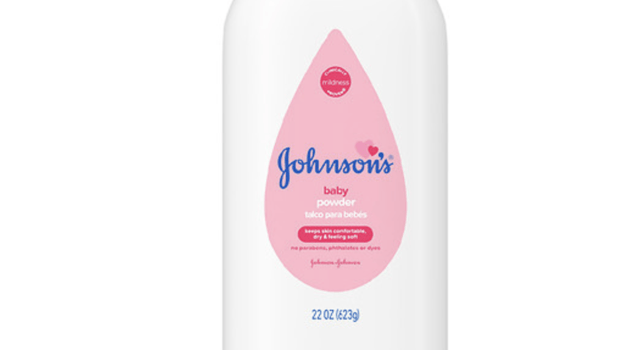Summary
- J&J reported limited Q3 growth despite the initial market excitement over the results.
- Analysts continue to forecast minimal EPS growth for a stock trading at 15x '19 EPS estimates.
- The valuation still doesn't compensate for the billions at risk from talc and opioid lawsuits, amongst others.
- The meager 2.8% dividend yield doesn't offer enough protection for the risks.
As Johnson & Johnson (NYSE:JNJ) continues to face escalating legal risks, the healthcare company reported sub-par Q3 results promoted as a big earnings beat. As my investment thesis highlighted in July, the stock still isn't worth the legal risk with a minimal 2.8% dividend yield and billions in potential liabilities.
Sub-par Results
The market initially responded positively to J&J beating Q3 estimates by a wide margin, though the relative numbers weren't actually that impressive. The market promoted a big EPS beat, but the healthcare company reported adjusted EPS growth of only 3.4% and sales growth of just 1.9%.
With quarterly revenues topping $20 billion, J&J has naturally turned into a slow-growth company. The stock now trades around $128 or nearly 15x EPS estimates for the year for a company struggling for meaningful growth. The latest forecast has EPS growing in the 6% range for 2019 and into the distant future.
Mounting Legal Risks
On the surface, J&J is an expensive stock based on the earnings growth of the company. The issue here is the risk in the stock due to legal risks related to lawsuits from talcum powder, opioids, Risperdal and others.
 Source: Axios
Source: Axios
The biggest issue remains the talcum powder lawsuits where J&J claimed their talc powder didn't contain asbestos that is linked to causing cancer. The recall of 33,000 bottles of talc power due to the FDA finding a small trace of asbestos in their powder for sale on a store shelf questions how the company will ever sell another bottle and defend these thousands of lawsuits.
The problem with the stock is that investors appear unfazed by the legal risk, and even some analysts are far mispricing the potential liabilities. Bernstein analyst Lee Hambright suggests the total liabilities of settling the opioid, talc and potentially Risperdal cases are in the $10 billion to $12 billion range. Where the analyst is far offside is the suggestion that J&J trades based on $50 billion in liabilities under the worst-case scenario.
On just Friday alone, the reports suggest the relatively low opioid settlement of $22 billion is breaking down. The expectation that J&J might get off with a $4 billion settlement hit an expected snag.
In addition, the new talc issue suggests J&J faces far larger liabilities than $10 billion on these two issues alone. Analysis by Nephron Research placed a global settlement in the $30 billion to $55 billion range based on the same payout-to-damages ratio of the tobacco settlement for over $200 billion.
















